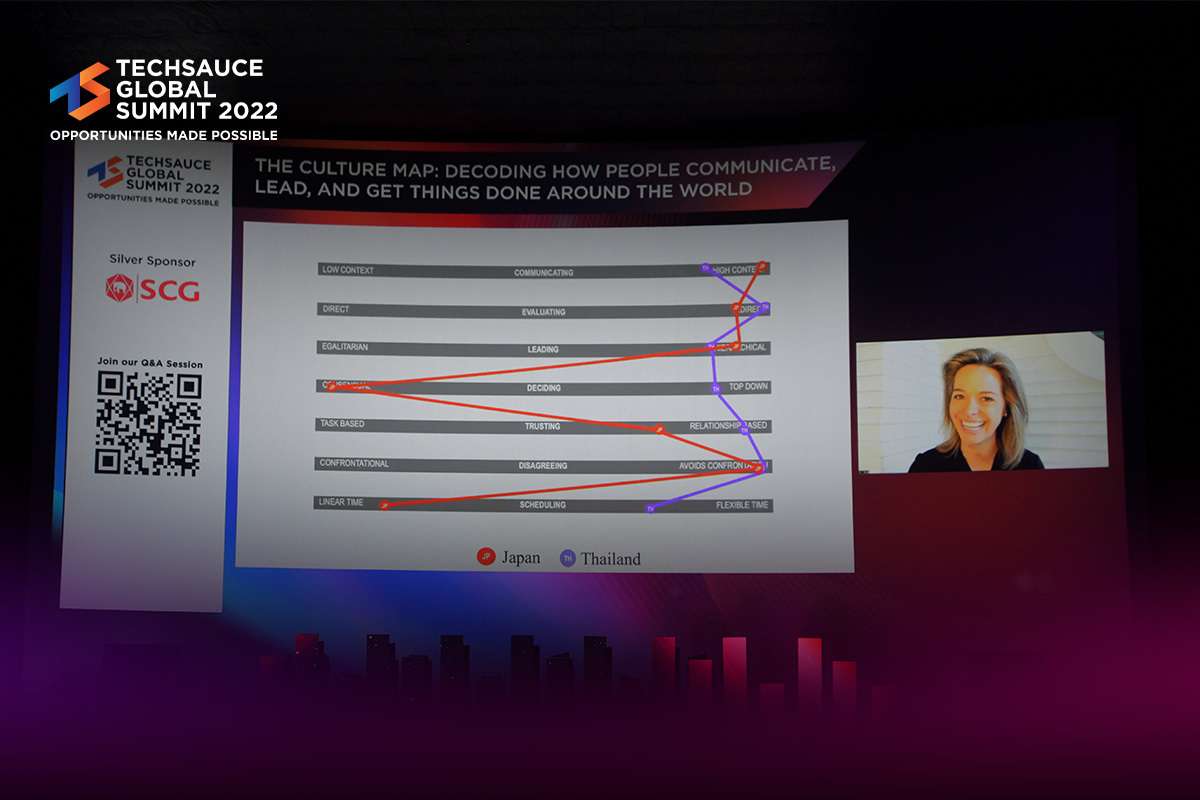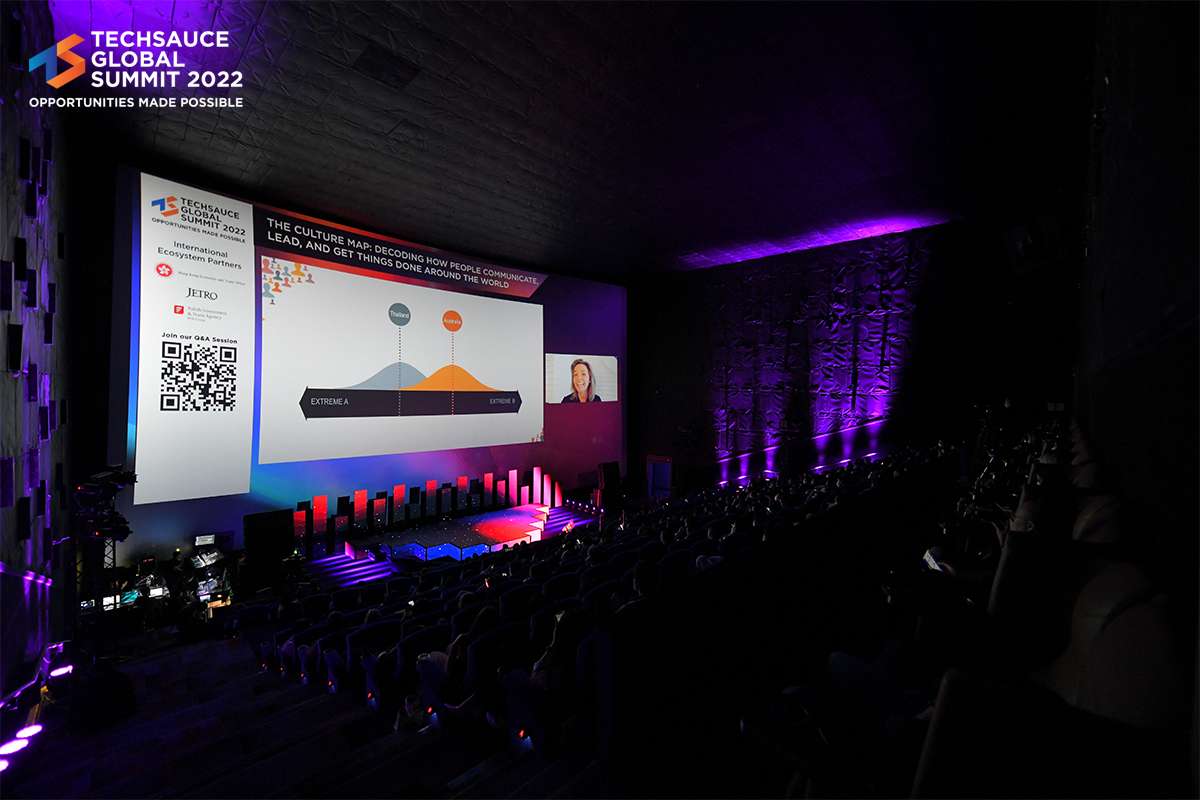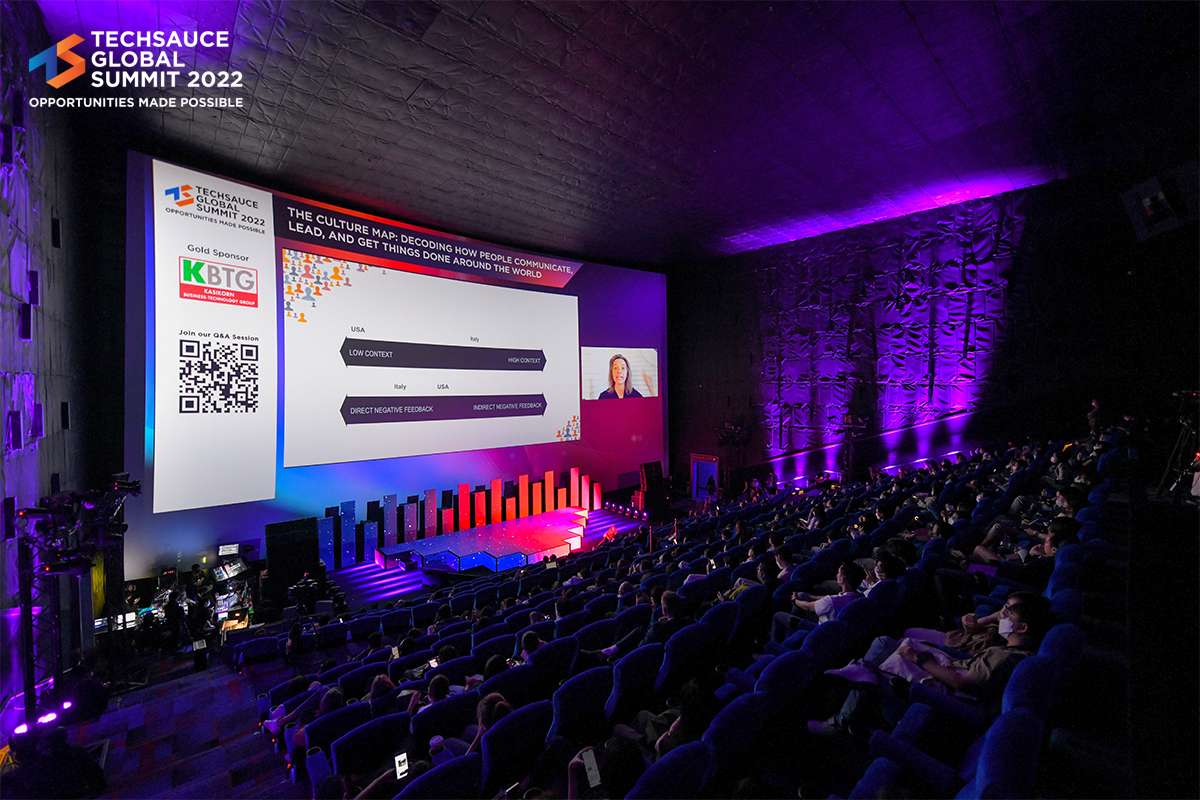Culture Mapping is more than just talk
Erin Meyer, a lecturer and expert in cultural differences gave an online talk about the subtle and sometimes not-so-subtle differences in cultural communication. She started her talk by giving two examples of people who have had vastly different experiences of cultural communication and how those differences affected their perception of the situation.

What is culture mapping?
Cultural differences impact how we communicate and often misunderstand others' behaviors, intentions, and ways of communication. In a world becoming increasingly fractured, it is vital to understand and acknowledge that cultural differences in communication must be addressed, especially in the modern work environment.
Through her work and research, Erin has created the culture mapping process. A culture map is a system that breaks culture down into eight behavioral scales. The map considers elements of communication such as how people build trust in different cultures, how people make decisions and how the countries fall up and down on the scale depending on the results of research surveys.
The culture map helps you see how some cultures are similar and also how they are very different. The culture map will show how different cultures view some aspects of communication and how particular situations are dealt with in business settings.
Cultural communication is multi-dimensional

The reactions of people to situations are often influenced heavily by culture. When you are not accustomed to that type of reaction, you can ask yourself, “Is that reaction related to personality or culture?” The culture map helps you navigate this question and quickly figure out how to deal with or respond positively to the reaction. Where the country falls on the culture map determines how they respond to situations.
Dimension 1: Context
There are low context and high context cultures. People assume a low level of shared reference points, information, and knowledge in a low-context culture. People believe that good communication is clear and straightforward. The communication is focused on clarity and does not read between the lines.

In a high-context culture, it is assumed that there is a significant amount of shared reference points. People believe that effective communication is more sophisticated and nuanced. People look more closely for unspoken meaning. High-context cultures require leaders to increase their ability to “read the room.”
Dimension 2: Feedback
When there are instances of people from low-context cultures working with people from high-context cultures, there are often feedback issues. Complaints will range from one saying the other is not transparent enough or they are condescending.
Feedback is dealt with very differently in various cultures. Some cultures are considered very straightforward, even harsh. Some cultures will never directly say if and when they don’t like something. With feedback, there are up-graders and down-graders. The term refers to the fact that up-graders are more straightforward with feedback, and down-graders are more subtle with feedback.
Dimension 3: Silence
Some countries and cultures are satisfied with silence; on the other end of the spectrum, some cultures constantly feel the need to fill the ‘silence’ gap. When you understand what end of the spectrum the culture is on the map, you will then easily understand why some meetings may seem like a cacophony of voices and some are totally silent.
Understanding cross-cultural communication's differences and subtle nature are essential for modern-day leaders as companies become more cosmopolitan and teams stretch across the globe.
ลงทะเบียนเข้าสู่ระบบ เพื่ออ่านบทความฟรีไม่จำกัด






